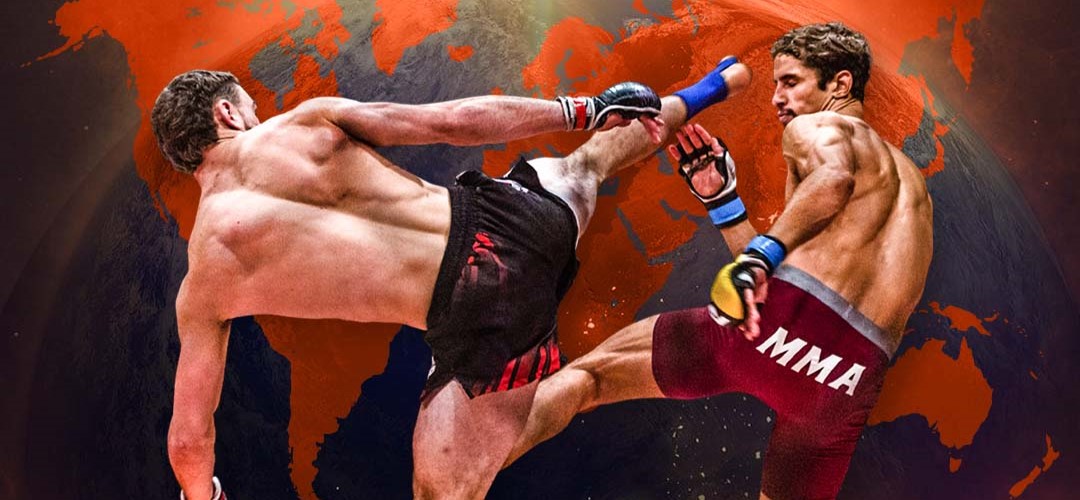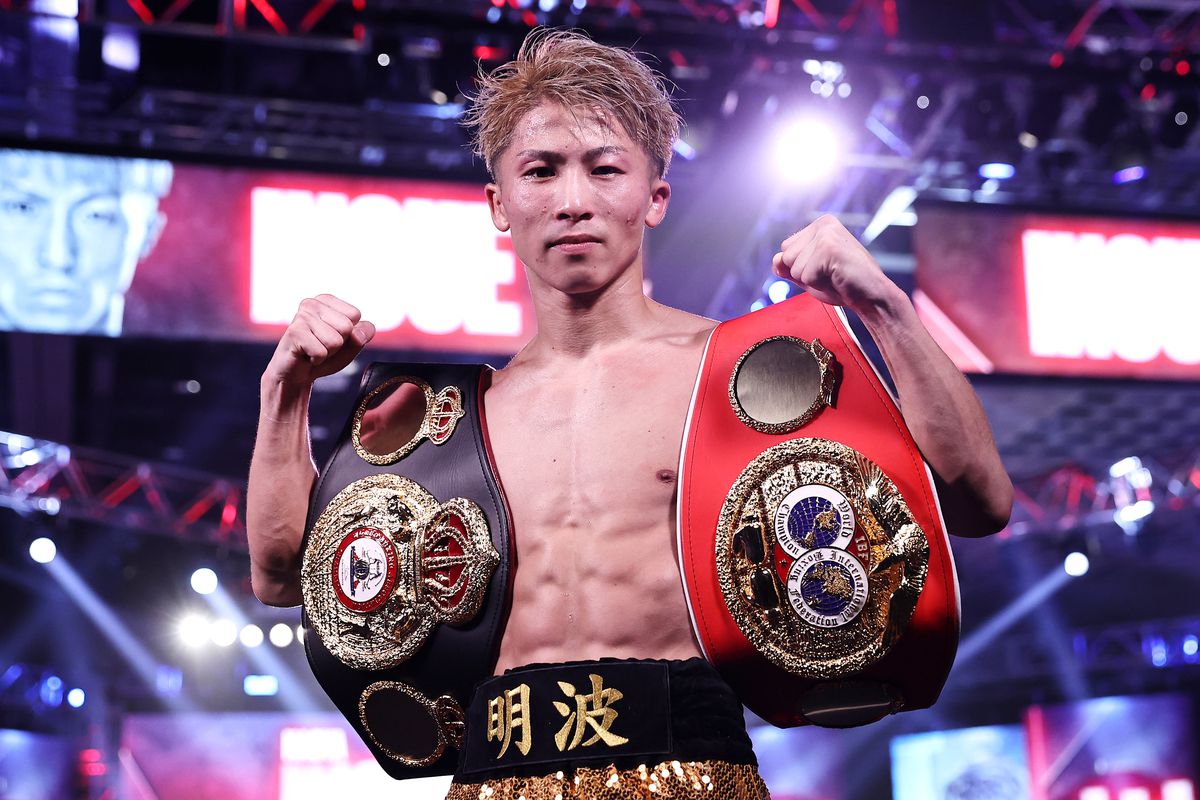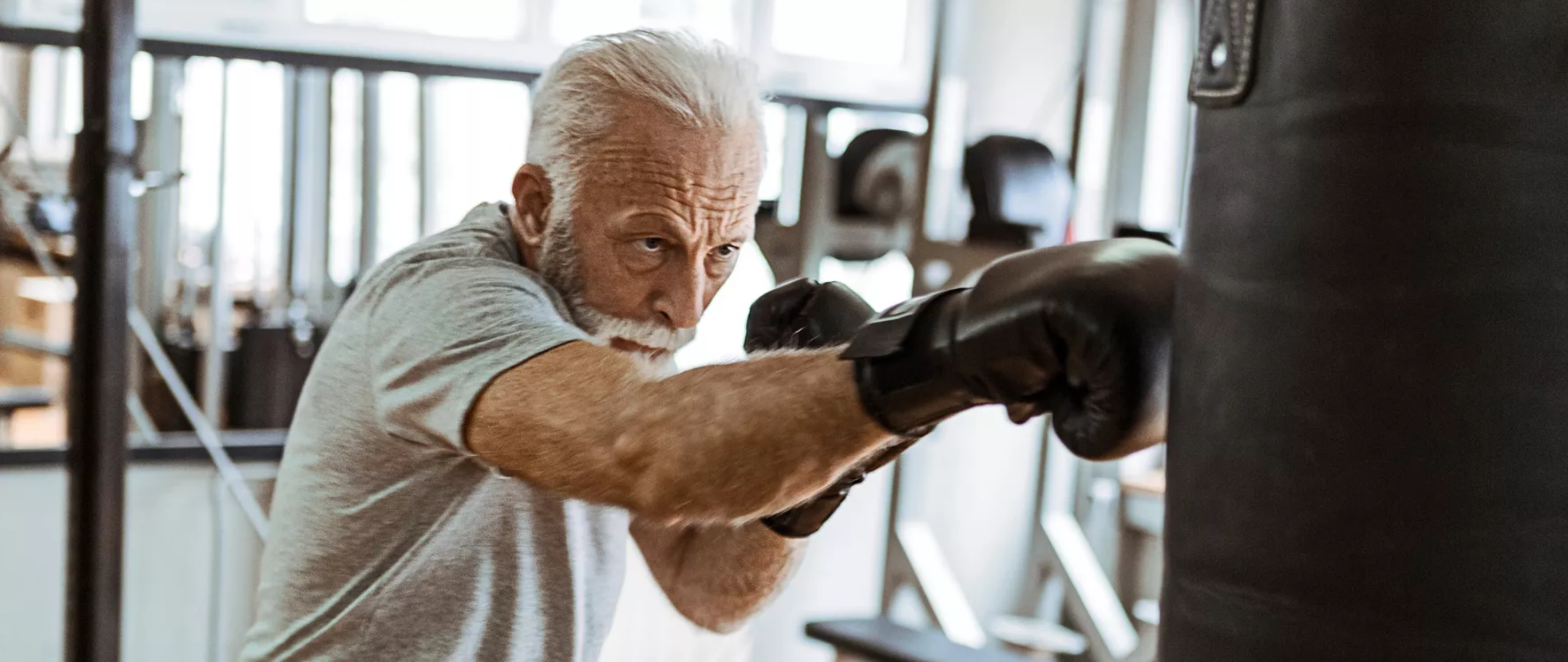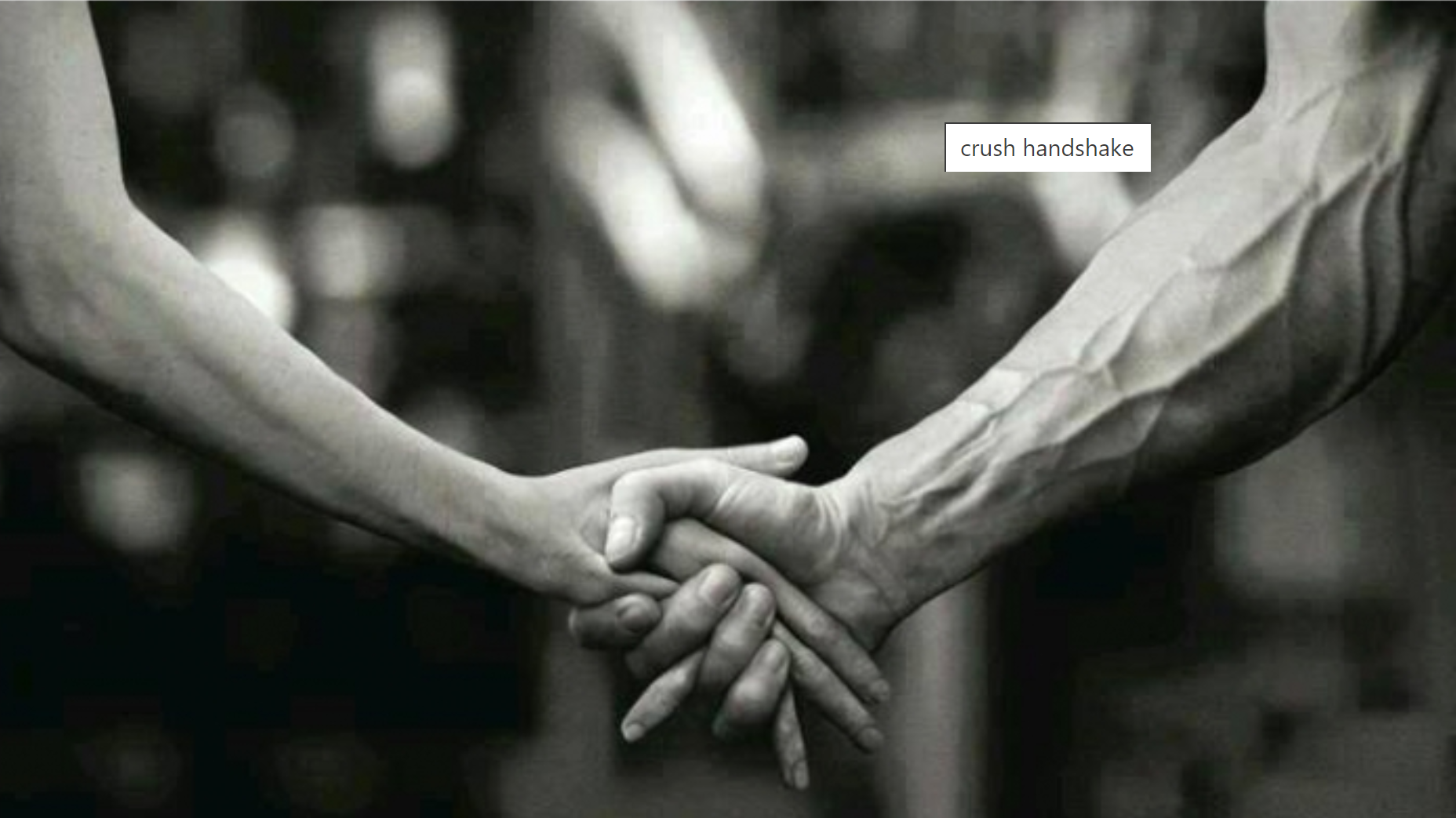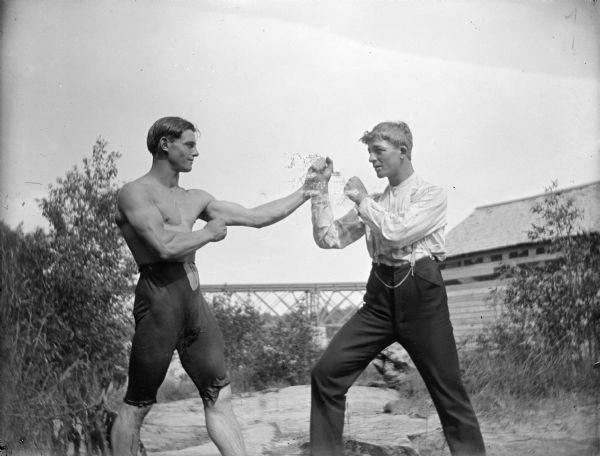From Underground to Mainstream: The Evolution of MMA’s Cultural Dominance
Mixed Martial Arts (MMA) has undergone a remarkable transformation over the years, evolving from a fringe spectacle to a global phenomenon that captivates audiences worldwide. With its origins deeply rooted in the exploration of different fighting styles, MMA has emerged as a dynamic and thrilling sport that combines elements of various martial arts disciplines. This article delves into the evolutionary journey of MMA, tracing its humble beginnings and pivotal moments that propelled it to the forefront of combat sports. We will examine the rise of the Ultimate Fighting Championship (UFC), the factors that contributed to MMA’s mainstream appeal, the evolution of rules and regulations, its expansion into new markets, and the anticipated future developments that will shape the sport’s trajectory. Let’s explore how MMA transcended boundaries and became a force to be reckoned with on the global stage.
Mixed Martial Arts (MMA) Global Growth
The Appeal of Mixed Martial Arts
Mixed Martial Arts, or MMA as it’s more commonly known, has become a global phenomenon, captivating audiences around the world with its unique blend of skill, strategy, and raw power. What sets MMA apart from traditional combat sports is its inclusion of various fighting styles, allowing fighters to showcase their abilities in striking, grappling, and submissions. This dynamic nature of MMA has made it an incredibly exciting and unpredictable sport, attracting fans from all walks of life.
The Historical Context of Combat Sports
Combat sports have a long and storied history that dates back to ancient civilizations. From gladiatorial battles in ancient Rome to bare-knuckle boxing in 18th-century England, humans have always had a fascination with physical combat. Over time, different combat styles and disciplines emerged, each with its own unique techniques and philosophies. It was only a matter of time before someone had the audacious idea of combining these fighting styles into one ultimate form of combat – thus, MMA was born.
MMA: A Blending of Fighting Styles
The Birth of Vale Tudo and Early Influences
In the early 20th century, an underground fighting circuit known as Vale Tudo (“anything goes” in Portuguese) began to gain popularity in Brazil. These brutal no-holds-barred matches pitted fighters from different disciplines against each other, with minimal rules and regulations. Vale Tudo showcased the effectiveness of Brazilian Jiu-Jitsu, a ground-based grappling style developed by the legendary Gracie family, as well as other martial arts such as Boxing, Muay Thai, judo, and wrestling. This laid the foundation for the evolution of MMA.
Gracie Jiu-Jitsu and Its Impact on MMA
The Gracie family played a pivotal role in the development of modern MMA through their promotion of Brazilian Jiu-Jitsu. Led by the charismatic Helio Gracie, the Gracie clan proved the effectiveness of their grappling art by dominating opponents of all sizes and fighting backgrounds. Their victories showcased the importance of technique and leverage over brute strength, forever changing the landscape of combat sports. With the advent of MMA, Brazilian Jiu-Jitsu became an essential component for any fighter aspiring to succeed in the cage.
Early Challenges and Milestones
The Underground Scene: From Street Fights to Organized Events
In the early days, MMA existed mostly in the shadows, with unsanctioned fights taking place in parking lots and underground venues. These gritty spectacles attracted a loyal following, but they also faced scrutiny and legal challenges due to their perceived brutality. Determined to legitimize the sport, pioneers in the MMA community pushed for regulations and safety measures, leading to the establishment of organized events and the formation of governing bodies.
The Emergence of Promotions and Early Stars
As MMA gained acceptance and became sanctioned in various jurisdictions, promotions began to emerge, providing a platform for fighters to showcase their skills. Organizations like Pride Fighting Championships in Japan and the Ultimate Fighting Championship (UFC) in the United States rose to prominence, cultivating a new breed of stars and building a fan base that craved the excitement and drama of MMA. Fighters like Royce Gracie, Chuck Liddell, and Randy Couture became household names, paving the way for the expansion and commercialization of the sport.
The Ultimate Fighting Championship (UFC): Revolutionizing the Sport
The Inception of the UFC and Its Initial Reception
The Ultimate Fighting Championship (UFC), founded in 1993, played a pivotal role in revolutionizing and mainstreaming MMA. Initially billed as a no-holds-barred tournament, the early days of the UFC were met with controversy and skepticism. Critics deemed it too violent and lacking in sporting legitimacy. However, the UFC adapted and evolved, implementing weight classes, time limits, and rules to ensure the safety of competitors. This transformation allowed the UFC to gain credibility and become the premier organization in the world of MMA.
The Impact of The Ultimate Fighter (TUF) and Zuffa Era
The Ultimate Fighter (TUF), a reality television series that debuted in 2005, played a crucial role in catapulting MMA into the mainstream. The show introduced a wider audience to the sport, showcasing the dedication, skill, and personal stories of aspiring fighters. TUF’s success not only breathed new life into the UFC but also paved the way for other promotions and fighters to gain recognition. Under the ownership of Zuffa, the UFC experienced unprecedented growth, expanding internationally and cementing its status as the leading force behind MMA’s global rise.
Factors behind MMA’s Global Popularity
When it comes to the rise of MMA as a global phenomenon, there are several key factors that have contributed to its mainstream success. Two significant factors that have played a pivotal role in MMA’s popularity are the role of television and pay-per-view, along with the influence of social media and new media platforms.
The Role of Television and Pay-Per-View
Television has been a crucial catalyst in the growth of MMA worldwide. The introduction of promotions like the UFC (Ultimate Fighting Championship) and Bellator on major television networks helped bring MMA to a broader audience. By showcasing the sport on popular cable and broadcast channels, MMA became more accessible to viewers who might not have otherwise discovered it. The regular programming of events and the anticipation built around them created a sense of excitement and engagement among fans.
In addition to television, pay-per-view (PPV) events have been instrumental in the financial success of MMA and boosting its mainstream appeal. PPV allows fans to purchase live broadcasts of high-profile fights, creating a sense of exclusivity and generating significant revenue for promotions. The anticipation surrounding marquee matchups and the convenience of watching them from the comfort of one’s home has contributed to MMA’s growing fan base.
The Influence of Social Media and New Media Platforms
The rise of social media and new media platforms has undeniably shaped the popularity of MMA. Platforms like Twitter, Instagram, and YouTube have allowed fighters, promotions, and fans to engage directly with one another. MMA personalities have leveraged these platforms to build their brands, share training insights, and generate excitement around upcoming fights.
YouTube, in particular, has been instrumental in showcasing MMA’s appeal to a wider audience. Highlight reels, interviews, and behind-the-scenes footage have garnered millions of views, introducing the sport to new fans and piquing their interest in live events. The ability to share and discuss content has fostered a sense of community among MMA enthusiasts, further fueling its global growth.
Evolution of Rules and Regulations: Ensuring Safety and Fairness
From its early no-holds-barred beginnings to the present-day, the evolution of rules and regulations in MMA has been vital in ensuring the safety of fighters and maintaining fairness in competition. Over time, significant changes have been made to create a more structured and organized sport.
The Early No-Holds-Barred Days and Rule Implementations
In the early days of MMA, there were minimal rules and regulations, leading to brutal and often controversial fights. The aim was to determine the most effective martial art, with fighters from various disciplines pitted against each other. However, this lack of structure raised concerns about fighters’ safety and the image of the sport.
To address these concerns, rule implementations were gradually introduced. Techniques such as eye gouging, groin strikes, and strikes to the back of the head were prohibited. Athletic commissions and regulatory bodies were established to oversee events, enforce rules, and ensure fair competition.
The Introduction of Weight Classes and Unified Rules
One of the most significant milestones in MMA’s evolution was the introduction of weight classes and unified rules. This shift brought MMA closer to the structure of traditional combat sports like boxing and kickboxing. Weight classes allowed fighters to compete against opponents of similar size, minimizing the risk of severe mismatches.
Unified rules were implemented to provide consistency across different promotions and jurisdictions. These rules encompassed various aspects of the sport, including prohibited techniques, scoring criteria, and fighter conduct. The establishment of these rules not only ensured the safety of fighters but also enhanced the sport’s legitimacy and appeal to a wider audience.
Global Expansion: MMA’s Reach into New Markets
MMA’s popularity has transcended borders, with its reach expanding into new markets around the globe. While the sport originated in the United States, it has found enthusiastic audiences in various regions, including Asia, Europe, and Latin America.
MMA’s Spread to Asia: Japan and South Korea
Asia has played a pivotal role in the global expansion of MMA. Japan, with its rich martial arts heritage, embraced MMA early on, hosting high-profile events like Pride Fighting Championships. The captivating matchups and the fusion of different fighting styles captured the imagination of fans across the continent.
South Korea, too, has witnessed the rise of MMA, with promotions like ROAD Fighting Championship showcasing homegrown talent and attracting a passionate fan base. The combination of traditional martial arts values and modern combat sports excitement has made MMA a significant part of the sporting landscape in South Korea and other Asian countries.
The European and Latin American Scene
In recent years, MMA has experienced tremendous growth in Europe and Latin America. European fighters, known for their technical prowess, have made a mark in global promotions like the UFC, capturing titles and captivating audiences. Countries like Ireland, the United Kingdom, and Russia have emerged as hotbeds of talent, producing world-class fighters who have become household names.
Similarly, Latin America has seen a surge in MMA’s popularity, fueled by the success of fighters hailing from Brazil, Mexico, and other countries in the region. The passionate fan base, coupled with a deep-rooted combat sports culture, has propelled MMA to new heights in Latin America.
The Future of MMA: Innovations and Developments
As MMA continues to thrive globally, several innovations and anticipated developments are shaping its future. From technological advancements to the rise of women’s MMA and the emergence of new stars, the sport is evolving in exciting ways.
Technological Advancements in Broadcasting and Fan Engagement
The advancement of technology is revolutionizing the way MMA is broadcasted and how fans engage with the sport. Virtual reality (VR) and augmented reality (AR) technologies hold the potential to offer immersive viewing experiences, giving fans a ringside seat from the comfort of their homes. Additionally, the integration of interactive features, such as live statistics and real-time fan voting, enhances fan engagement during events.
The Rise of Women’s MMA and New Stars on the Horizon
Women’s MMA has witnessed a remarkable rise in popularity and recognition in recent years. Pioneers like Ronda Rousey and Cris Cyborg paved the way for women to compete at the highest level, leading to the establishment of women’s divisions in major promotions. As the talent pool continues to grow, more women are making their mark in MMA, captivating audiences and inspiring the next generation of fighters.
Furthermore, the emergence of new stars is always on the horizon in MMA. With a constant influx of talent from various martial arts backgrounds, the sport is continuously refreshing its roster with dynamic and charismatic fighters. These rising stars bring fresh narratives and rivalries that keep fans eagerly anticipating future matchups.
In conclusion, the global phenomenon of MMA can be attributed to its mainstream success through factors such as television and pay-per-view, the influence of social media and new media platforms, the evolution of rules and regulations, global expansion into new markets, and the innovations and anticipated developments shaping its future. MMA’s journey from its early days to its current status as a globally recognized sport is a testament to its ability to captivate and engage audiences worldwideIn conclusion, the evolution of MMA has been a remarkable journey, taking it from underground brawls to a worldwide phenomenon. From its origins as a blending of fighting styles to the establishment of the UFC as its flagship promotion, MMA has captured the hearts of fans across the globe. Through continuous advancements in rules and regulations, expanding into new markets, and embracing technological innovations, MMA is poised to continue growing and captivating audiences in the future. As the sport continues to evolve and new stars emerge, one thing remains clear: MMA’s status as a global phenomenon is here to stay.

